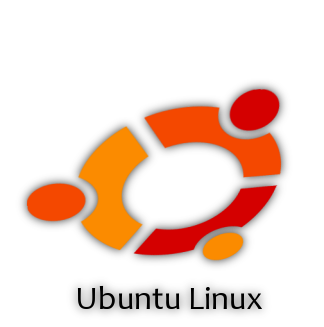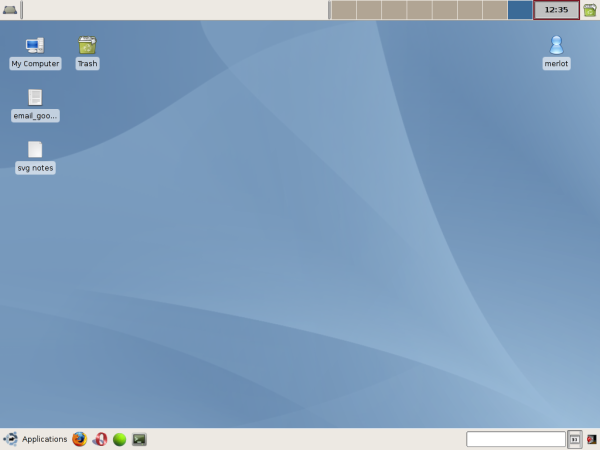Recently I just subscribed to broadband connection. Since I got my old Pentium 3 computer which only lay around doing nothing, I decided to boot it up and set it up as a downloader computer. It will run download manager and torrent program thus freeing my main computer from the need to switch on 24 hours and consuming the pc resources.
And so I install win98 because the pentium 3 (refered as server) computer only runs at 600mhz and only have 384mb ram. But the problem is win98 have a very bad memory management and it always hang after a few days of running and need to be hard reset. I also want to setup remote control on the server because I don’t want to connect a mouse and the monitor to it. I use netsupport for the remote control only that it hang after one days of running. In other word, you can no longer connect to the server. And such problems lead me to find an alternative.
That’s where the linux came in. I research all kind of build on the internet. And yes, to use linux, you need a good broadband connection especially when you want to download all kind of functionality. And I decide to use debian core for its simplicity (perhaps not) and lastly settle on the xubuntu build.
Xubuntu is a sort of strip down version of ubuntu using xfce interface instead of gnome which required more cpu power and memory. In other words, old comps friendly. After all, why use your dual core comp for the task of downloading? I’m not building a web server.
And to my horror, xubuntu basic installation lack the remote control capability (VNC)Â and the ability to browse other window’s shares. Ok, fret not. After hours of tinkering and searching on the internet for info, I managed to integrate those capabilities into the system and it need a lot of terminal command.
And not to mention the incapability to change permission on the fly. On Linux, each your directory and files are assigned owners, groups and nobody permission. So technically you can assigned who can modify the files. The problem is you won’t be able to change the permission on the fly unless the files belong to you. Here come chmod command.And you can’t change the static mount permission from inside linux itself. You need to modify fstab (big trouble if you failed because you’ll be unable to start your xubuntu anymore ) which I will cover later in my next blog post.
After all the setting up and tinkering, installing vnc (I’ll cover this later) and making sure it is able to login automatically, it was ready to go. Guess what, I’m surprised by the torrent speed. A blazing 81kbytes download. Not a measly 4 to 5kbps. Oh and I need to forward my ports which will also be covered later.
And here comes the trouble of having to transfer all those files into my main one and burn them into dvd.
So basically, a server must fulfilled this criteria:
- Able to stay on more than a week without hang or down.
- Able to download files and torrent without any limitation.
- Able to be controlled using remote control program.
- Able to login or pass the logon screen automatically without any input from the user.
- Able to transfer files to other pc or on the receiving end.
My next plan is to setup emules and dc++ and dcc server for the irc. I’m still searching for a capable mirc program for linux that is able to handle dcc transfer protocols like the sysreset. Anyone knows one?
Later.



Serious man Linux Ubuntu is made of Awesome + Win.
Aku dah try desktop dia tapi kalau server aku baru try Centos.
Wei aku dahy bukak blog baru. Jemputlah datang..
No need to use centos. my so called server is only a pentium 3 computer. enough for downloading and i’m not planning to use it as a webserver. better to buy webspace rather than using home server.
Bro aku pun plan nk buat mcm kau….. lanie aku dh install xbuntu so mcm mn next step…. harap tunjuk tutorial ok
bro, u should use the server edition installer and run it without xserver lah, like this can save more ram.
just use axel to direct download files and screen it up.
for torrent, just run torrentflux.
can save memory a lot 1
🙂
if really need to run on desktop environment, i suggest u to use LXDE, it uses less ram than xfce.
coz sd-ram is expensive, running apps that consume lower ram is better
🙂